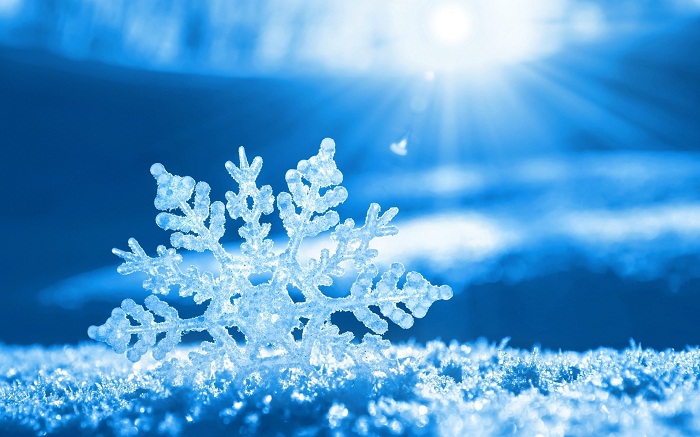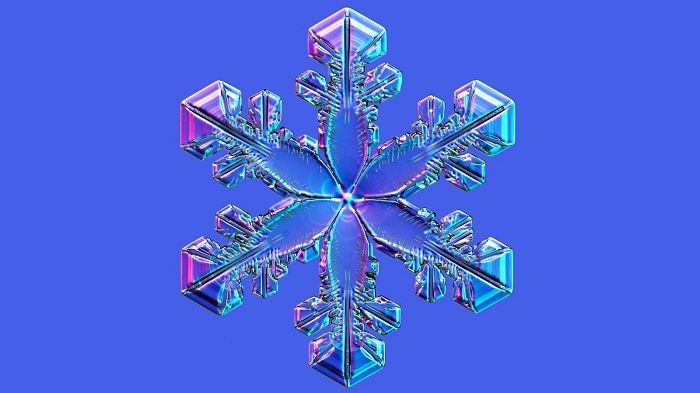
A snow crystal is a single crystal of ice
"When I started reading about it, it just got more and more interesting," says Libbrecht. Despite studying them for so long, he is still not sure exactly how these crystals form.
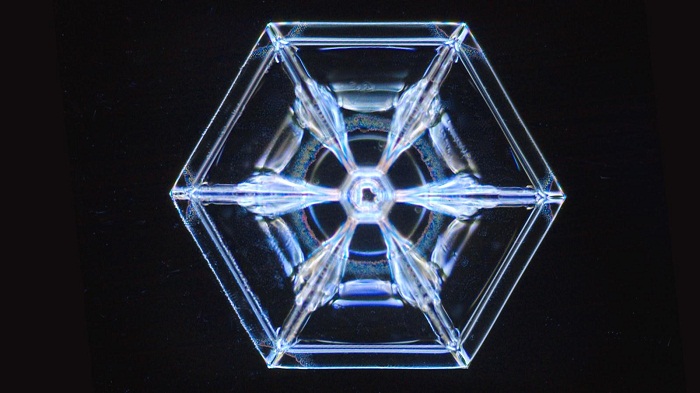
Water molecules line up inside the crystals to create patterns
He has experimented by creating different formations. For instance, growing the crystals at varying temperatures dramatically changes their appearance.
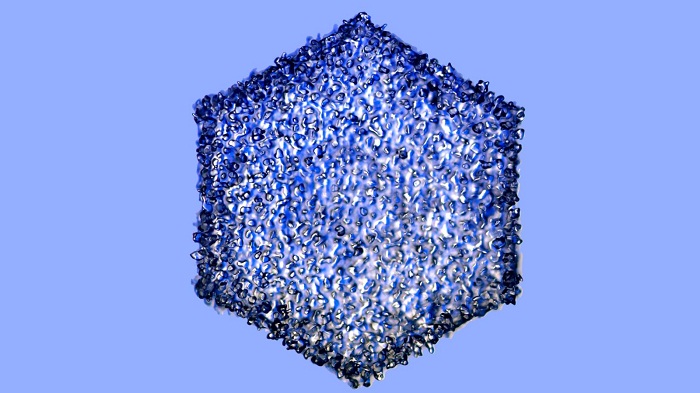
Snow crystals grow inside clouds made of water droplets
A crystal is created as water vapour in air freezes, so the molecules that are forming a crystal all move around as they do so.
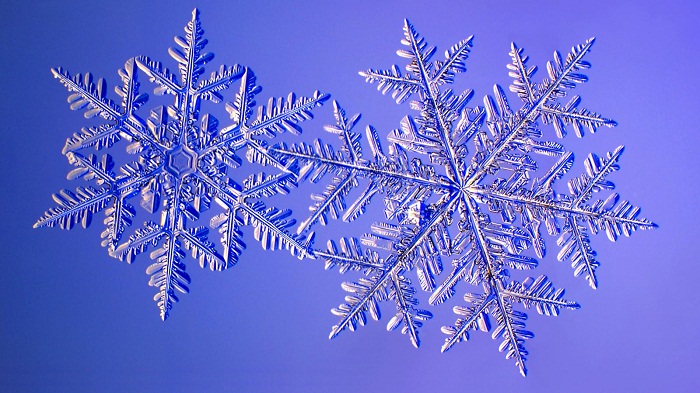
A snow crystal forms when water vapour converts directly into ice
Somehow, the energy that binds the crystals together is related to how much heat is present when they are created.
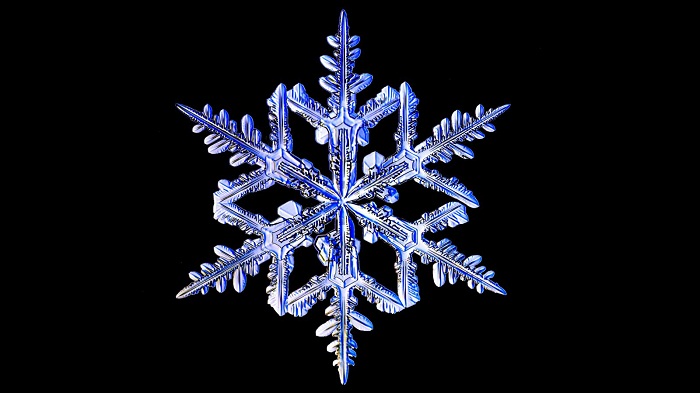
These stellar dendrites are named after their star-shaped appearance
That is why they all look so different. As water turns to ice in the sky, the temperature fluctuates as it falls. No two crystals will follow exactly the same path, therefore they all look just a little bit different.
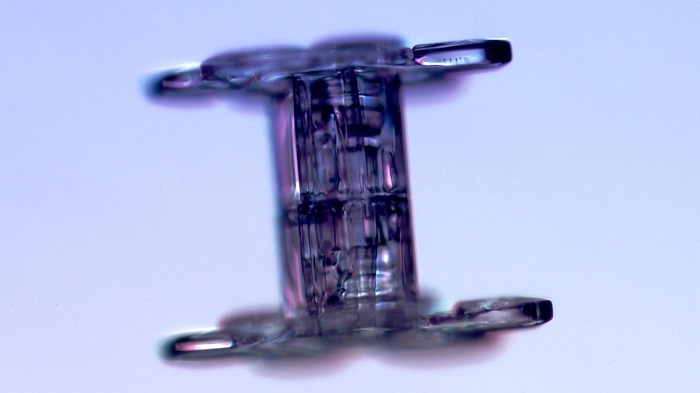
A basic capped column looks like two wheels on an axle
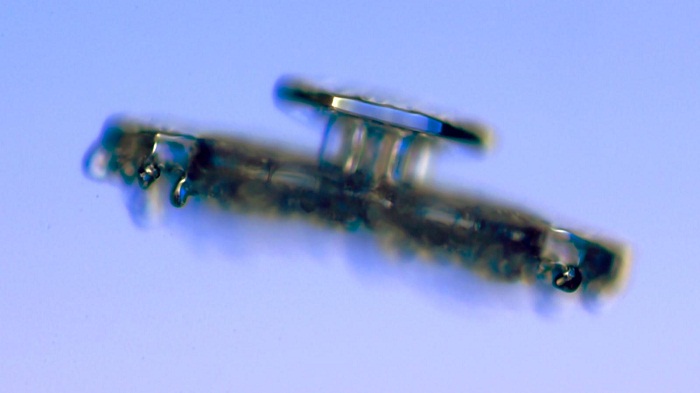
Columnar snow crystals appear when the temperature is around -6 C
This results in some of these beautiful formations. Anybody who lives in a cold climate can see them. The stellar dendrites for instance, occur when the temperature is about -15 °C.
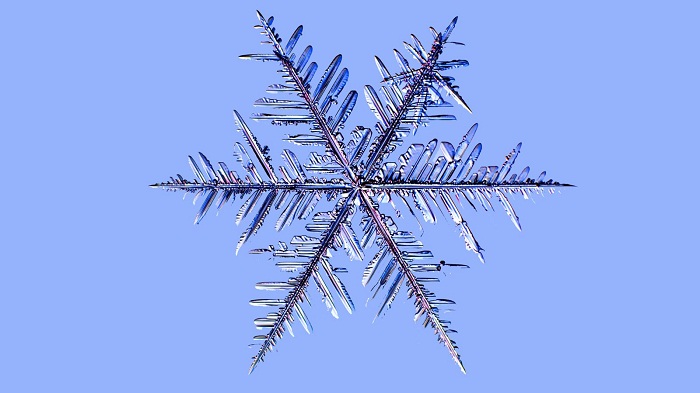
These fern-like crystals are like Stellar Dendrites but larger
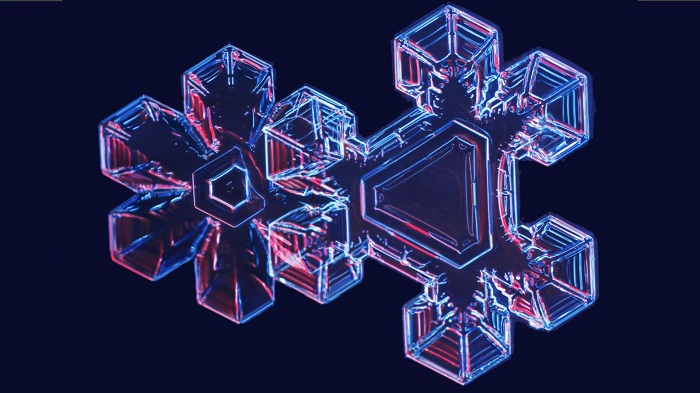
The shape of a crystal is determined by the path it takes through the sky
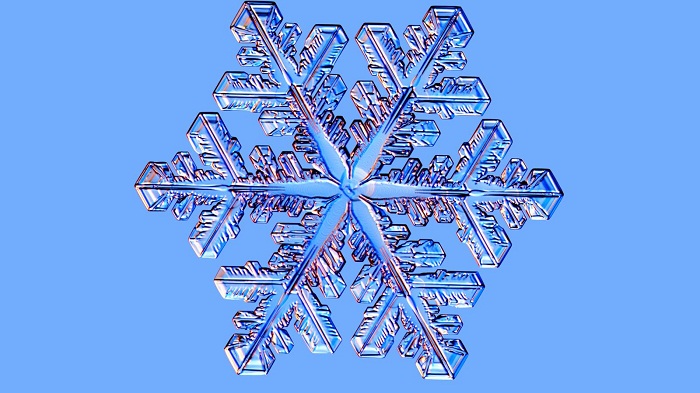
Exactly how the crystals are formed remains a mystery
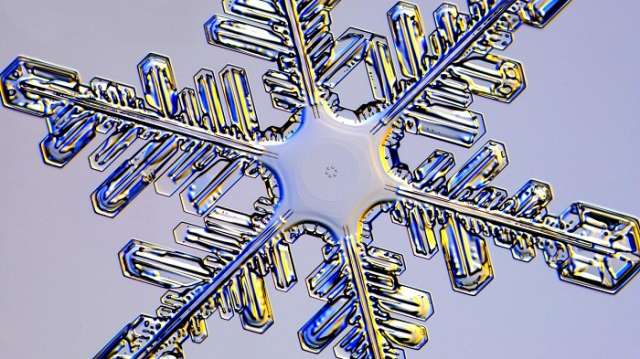
Libbrecht grows his own snow crystals in his `snowflake lab`
More about:








